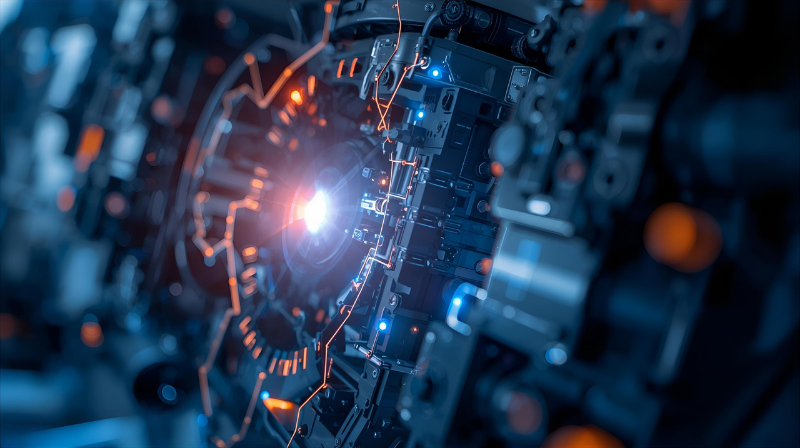Most electronic circuits are designed to work perfectly under perfect conditions. In a climate-controlled lab, with a stable power supply and brand-new components, they perform flawlessly. But what happens when that circuit is inside a satellite hurtling through the vacuum of space, a life-support machine in a busy hospital, or the anti-lock braking system of a car on an icy road? In these environments, “perfect conditions” don’t exist, and failure is not an option.
This is where standard testing falls short and a far more rigorous discipline is required: Worst-Case Circuit Analysis (WCCA). WCCA is not about testing if a circuit can work; it’s about proving that it cannot fail, even under the most extreme, hell-or-high-water conditions imaginable. It is the engineer’s crystal ball, a mathematical deep dive that predicts and prevents failures before a single component is ever soldered.
Designing for a World of Imperfection
The core principle of WCCA is acknowledging a fundamental truth: no two components are truly identical. Every resistor, capacitor, and transistor has a manufacturing tolerance. Add the effects of temperature swings, radiation, and simple aging, and a circuit’s behavior can drift dramatically over its lifespan. WCCA is a formal methodology for analyzing how a circuit will perform when all these variables conspire against it.
The Math Behind the Mission
Unlike physical testing, which can only check a limited number of scenarios, WCCA is a brutal, methodical analysis on paper (or, more often, in a simulation). Engineers calculate the circuit’s performance at the absolute extreme ends of every component’s specifications. What happens if this resistor is 5% high and that capacitor is 10% low, all while the system is operating at its maximum temperature? Will the voltage remain stable? Will the timing be correct?
This process is a non-negotiable requirement for mission-critical industries. As NASA states in its technical standards, WCCA is mandated because it is one of the most effective methods for ensuring the reliability of electronics in the harsh environment of space. When you can’t send a technician to fix something, it absolutely has to work, every time.
Why WCCA is a Strategic Investment
Conducting a thorough WCCA is an intense, expert-level endeavor. It requires a deep understanding of physics, component engineering, and advanced mathematics. It might seem like an expensive upfront cost, but it is one of the wisest investments a company can make when developing high-reliability products.
- Prevents Catastrophic (and Expensive) Failures: The cost of a WCCA is infinitesimal compared to the cost of a product recall, a satellite failure, or a medical device malfunction. It finds the “black swan” events that standard testing misses.
- Optimizes Design and Reduces Over-Engineering: Sometimes, a WCCA reveals that a circuit is over-engineered. By proving that the design is stable even with less expensive, wider-tolerance components, it can actually reduce the final product’s manufacturing cost without sacrificing reliability.
- Accelerates Certification: For industries like aerospace, medical, and automotive, providing a completed WCCA report can significantly speed up the process of getting a product certified by regulatory bodies, getting your innovative solutions to market faster.
WCCA is more than just a testing service; it’s a design philosophy. It is a commitment to a level of rigor that ensures a product will be safe, reliable, and robust, no matter what the universe throws at it. It is one of the most critical services for any company where “failure” is simply not in the vocabulary.




